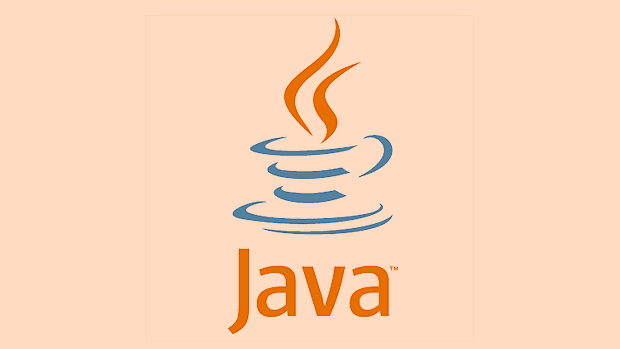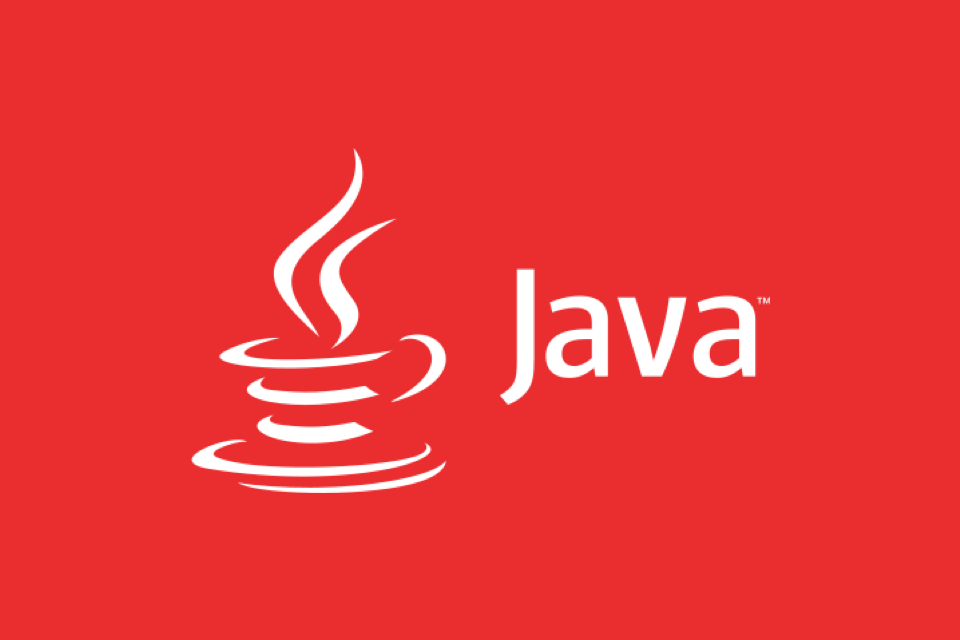 Java
Java
 javaTutorial
javaTutorial
 How to implement a caching strategy in Java (e.g., using EhCache or Caffeine)?
How to implement a caching strategy in Java (e.g., using EhCache or Caffeine)?
How to implement a caching strategy in Java (e.g., using EhCache or Caffeine)?
Jul 09, 2025 am 01:17 AMTo improve performance in Java applications, choose between EhCache and Caffeine based on your needs. 1. For lightweight, modern in-memory caching, use Caffeine—set it up by adding the dependency, configuring a cache bean with size and expiration, and injecting it into services. 2. For advanced or enterprise-level use cases requiring disk storage or clustering, use EhCache—add its dependency, define configurations in ehcache.xml, and initialize a cache manager for heap and off-heap memory usage. 3. Apply eviction strategies like time-based, size-based, or manual invalidation, and manage cache consistency according to read/write patterns to ensure performance and data accuracy.

Caching is a powerful way to improve performance in Java applications by reducing redundant computations or database calls. If you're working with frameworks like Spring or building standalone apps, implementing a solid caching strategy using libraries like EhCache or Caffeine can make a real difference.

Choose the Right Caching Library
The first decision you need to make is which library to use. Both EhCache and Caffeine are popular choices, but they serve slightly different needs.
- EhCache is feature-rich, supports disk-based storage, clustering, and integrates well with older Java EE applications.
- Caffeine is lightweight, modern, and has a more intuitive API, especially for in-memory caching in Spring Boot apps.
If you're starting fresh and don’t need distributed caching out of the box, go with Caffeine. If your system might scale across nodes or you need persistence, EhCache might be better suited.

Set Up Basic Caching with Caffeine
Let’s walk through a simple example using Caffeine in a Spring Boot app.
First, add the dependency:

<dependency>
<groupId>com.github.ben-manes.caffeine</groupId>
<artifactId>caffeine</artifactId>
</dependency>Then, configure the cache bean:
@Configuration
public class CacheConfig {
@Bean
public Cache<String, Object> caffeineCache() {
return Caffeine.newBuilder()
.maximumSize(100)
.expireAfterWrite(10, TimeUnit.MINUTES)
.build();
}
}Now you can inject this cache into your service and use it:
@Service
public class MyService {
private final Cache<String, Object> cache;
public MyService(Cache<String, Object> cache) {
this.cache = cache;
}
public Object getData(String key) {
return cache.getIfPresent(key);
}
public void putData(String key, Object value) {
cache.put(key, value);
}
}This gives you an in-memory cache that auto-evicts entries after 10 minutes or when the size exceeds 100 items.
Configure EhCache for More Advanced Use Cases
EhCache is a bit more involved but offers more flexibility, especially if you’re dealing with enterprise-level applications.
Start by adding the dependency:
<dependency>
<groupId>org.ehcache</groupId>
<artifactId>ehcache</artifactId>
</dependency>Create an ehcache.xml file in your resources folder:
<config xmlns:xsi="http://www.w3.org/2001/XMLSchema-instance"
xmlns="http://www.ehcache.org/v3"
xsi:schemaLocation="http://www.ehcache.org/v3 http://www.ehcache.org/schema/ehcache-core-3.0.xsd">
<cache alias="myDataCache">
<key-type>java.lang.String</key-type>
<value-type>java.lang.Object</value-type>
<resources>
<heap unit="entries">2000</heap>
<offheap unit="MB">10</offheap>
</resources>
</cache>
</config>Then create a cache manager and use it:
CacheManager cacheManager = CacheManagerBuilder.newCacheManagerBuilder().build();
cacheManager.init();
Cache<String, Object> myCache = cacheManager.getCache("myDataCache", String.class, Object.class);
// Usage
myCache.put("someKey", someValue);
Object value = myCache.get("someKey");This sets up a cache that uses both heap and off-heap memory, which helps reduce GC pressure and allows for larger datasets.
Consider Cache Eviction and Consistency
No matter which library you choose, you should think carefully about how and when data gets removed from the cache.
Here are some common eviction strategies:
- Time-based: Expire entries after a certain amount of time (e.g., 5–10 minutes).
- Size-based: Limit the number of entries kept in memory.
- Manual invalidation: Clear specific keys when underlying data changes.
Also, consider cache consistency:
- In write-heavy systems, update or invalidate cached values on writes.
- For high-read-low-write scenarios, stale reads may be acceptable if you use refresh-ahead or allow stale reads with refresh policies.
Make sure your strategy aligns with how your data behaves and what kind of performance guarantees you need.
That's basically it. It's not overly complex, but it does require thoughtful setup depending on your application's needs.
The above is the detailed content of How to implement a caching strategy in Java (e.g., using EhCache or Caffeine)?. For more information, please follow other related articles on the PHP Chinese website!

Hot AI Tools

Undress AI Tool
Undress images for free

Undresser.AI Undress
AI-powered app for creating realistic nude photos

AI Clothes Remover
Online AI tool for removing clothes from photos.

Clothoff.io
AI clothes remover

Video Face Swap
Swap faces in any video effortlessly with our completely free AI face swap tool!

Hot Article

Hot Tools

Notepad++7.3.1
Easy-to-use and free code editor

SublimeText3 Chinese version
Chinese version, very easy to use

Zend Studio 13.0.1
Powerful PHP integrated development environment

Dreamweaver CS6
Visual web development tools

SublimeText3 Mac version
God-level code editing software (SublimeText3)

Hot Topics
 Java Optional example
Jul 12, 2025 am 02:55 AM
Java Optional example
Jul 12, 2025 am 02:55 AM
Optional can clearly express intentions and reduce code noise for null judgments. 1. Optional.ofNullable is a common way to deal with null objects. For example, when taking values ??from maps, orElse can be used to provide default values, so that the logic is clearer and concise; 2. Use chain calls maps to achieve nested values ??to safely avoid NPE, and automatically terminate if any link is null and return the default value; 3. Filter can be used for conditional filtering, and subsequent operations will continue to be performed only if the conditions are met, otherwise it will jump directly to orElse, which is suitable for lightweight business judgment; 4. It is not recommended to overuse Optional, such as basic types or simple logic, which will increase complexity, and some scenarios will directly return to nu.
 How to iterate over a Map in Java?
Jul 13, 2025 am 02:54 AM
How to iterate over a Map in Java?
Jul 13, 2025 am 02:54 AM
There are three common methods to traverse Map in Java: 1. Use entrySet to obtain keys and values at the same time, which is suitable for most scenarios; 2. Use keySet or values to traverse keys or values respectively; 3. Use Java8's forEach to simplify the code structure. entrySet returns a Set set containing all key-value pairs, and each loop gets the Map.Entry object, suitable for frequent access to keys and values; if only keys or values are required, you can call keySet() or values() respectively, or you can get the value through map.get(key) when traversing the keys; Java 8 can use forEach((key,value)->
 How to fix java.io.NotSerializableException?
Jul 12, 2025 am 03:07 AM
How to fix java.io.NotSerializableException?
Jul 12, 2025 am 03:07 AM
The core workaround for encountering java.io.NotSerializableException is to ensure that all classes that need to be serialized implement the Serializable interface and check the serialization support of nested objects. 1. Add implementsSerializable to the main class; 2. Ensure that the corresponding classes of custom fields in the class also implement Serializable; 3. Use transient to mark fields that do not need to be serialized; 4. Check the non-serialized types in collections or nested objects; 5. Check which class does not implement the interface; 6. Consider replacement design for classes that cannot be modified, such as saving key data or using serializable intermediate structures; 7. Consider modifying
 Comparable vs Comparator in Java
Jul 13, 2025 am 02:31 AM
Comparable vs Comparator in Java
Jul 13, 2025 am 02:31 AM
In Java, Comparable is used to define default sorting rules internally, and Comparator is used to define multiple sorting logic externally. 1.Comparable is an interface implemented by the class itself. It defines the natural order by rewriting the compareTo() method. It is suitable for classes with fixed and most commonly used sorting methods, such as String or Integer. 2. Comparator is an externally defined functional interface, implemented through the compare() method, suitable for situations where multiple sorting methods are required for the same class, the class source code cannot be modified, or the sorting logic is often changed. The difference between the two is that Comparable can only define a sorting logic and needs to modify the class itself, while Compar
 How to parse JSON in Java?
Jul 11, 2025 am 02:18 AM
How to parse JSON in Java?
Jul 11, 2025 am 02:18 AM
There are three common ways to parse JSON in Java: use Jackson, Gson, or org.json. 1. Jackson is suitable for most projects, with good performance and comprehensive functions, and supports conversion and annotation mapping between objects and JSON strings; 2. Gson is more suitable for Android projects or lightweight needs, and is simple to use but slightly inferior in handling complex structures and high-performance scenarios; 3.org.json is suitable for simple tasks or small scripts, and is not recommended for large projects because of its lack of flexibility and type safety. The choice should be decided based on actual needs.
 Outlook shortcut for new email
Jul 11, 2025 am 03:25 AM
Outlook shortcut for new email
Jul 11, 2025 am 03:25 AM
How to quickly create new emails in Outlook is as follows: 1. The desktop version uses the shortcut key Ctrl Shift M to directly pop up a new email window; 2. The web version can create new emails in one-click by creating a bookmark containing JavaScript (such as javascript:document.querySelector("divrole='button'").click()); 3. Use browser plug-ins (such as Vimium, CrxMouseGestures) to trigger the "New Mail" button; 4. Windows users can also select "New Mail" by right-clicking the Outlook icon of the taskbar
 Java method references explained
Jul 12, 2025 am 02:59 AM
Java method references explained
Jul 12, 2025 am 02:59 AM
Method reference is a way to simplify the writing of Lambda expressions in Java, making the code more concise. It is not a new syntax, but a shortcut to Lambda expressions introduced by Java 8, suitable for the context of functional interfaces. The core is to use existing methods directly as implementations of functional interfaces. For example, System.out::println is equivalent to s->System.out.println(s). There are four main forms of method reference: 1. Static method reference (ClassName::staticMethodName); 2. Instance method reference (binding to a specific object, instance::methodName); 3.
 Understanding the Java volatile Keyword Usage
Jul 12, 2025 am 01:50 AM
Understanding the Java volatile Keyword Usage
Jul 12, 2025 am 01:50 AM
The volatile keyword in Java often feels a bit abstract, especially for those who are new to concurrent programming. In fact, its function is very clear: to ensure the visibility of variables between multiple threads. That is to say, when one thread modifies the variable value modified by volatile, other threads can see the change immediately. It is not a master key to solve all concurrency problems, but it is very useful in some scenarios. Let’s take a look at how to use it and where it is suitable for use. When do you need to use volatile? The most typical application scenario is the status flag, such as controlling whether the thread continues to run: privatevolatilebooleanrunning=true;





